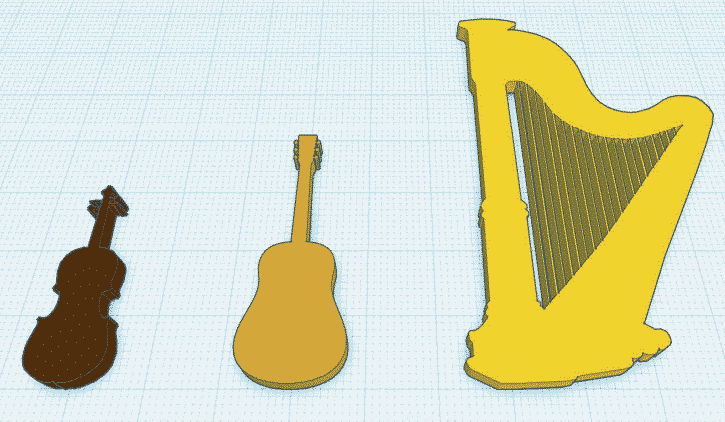The development of 3D printing in today’s education is very attractive. In Digital Production: 3D Printing in Preschool Education, Federico Avanzini, Adriano Baratè, and Luca A. Ludovico explore the connection between 3D printing and education through preschool music courses. Although the music curriculum serves as a tool to demonstrate the level of educational value, the researchers used it to show an example, pointing out the importance of music education for preschool children.
There are links found between better spatial-temporal reasoning, along with early reading skills. Other recent studies have shown that preschool children have potential ‘implicit harmonic knowledge’. The authors examine cognition, and especially as it is derived from the sensorimotor function—with preschoolers offering ‘paradigmatic examples.’ Smaller children learn through ‘perception-action in the environment,’ along with enjoying information arrived at from other senses too.
“It is often difficult to distinguish between exploration and play: during the sensory-motor development, very young children need to explore first to be able then to proceed to playful behavior, which is one of the most important activities for their development; by playing, children start to explore the world and to acquire and master new skills which can be vital for them,” explain the authors, along with reminding us of the importance of ‘open-ended’ nature in interactions, as kids are able to create new ways to play with an object—delighting in their discoveries.

Although 3D printing can provide a lot of things, preschoolers often lack the modeling skills needed to create parts and prototypes. Today, there are many different software programs developed specifically for preschoolers to enable them to design and make small items. However, when designing 3D printing education, the author recognized some complexity due to accessibility and affordability, as well as the need to reserve space for hardware. They also worry that lack of suitable materials may also become an obstacle.
“Nevertheless, 3D printing offers relevant opportunities of young music learners, allowing them to build low-cost and customizable didactic objects,” state the researchers.
Providing a library of models is helpful to preschoolers—along with some designs they can begin customizing. Simple models can also be a great way for parents and new tutors or teachers to learn about 3D design and 3D printing. Examples might include everything from sounding objects to actual instruments. There may be percussion toy instruments, miniature xylophones, marimbas, and more.
Kids may also be drawn to more alternative educational fun like 3D printing action figures playing their instruments together. Such models could be challenging to find, but they encourage children to enjoy role models playing music, and especially in 3D printed or figurine form. Scale models and figures can be easily re-sized in 3D printing, and different materials can also change the way an item looks significantly.
They also included a case study regarding common western notation (CWN), a method for encoding notated music, as well as the concept of the piano-roll model where details like pitch and timbre are linked to 2D geometric shapes and more. 3D printed solid blocks can be created and placed on a base plate. Ready-made blocks should help children link shapes to music parameters.
The role of the teacher/tutor is key as they assist in 3D design and 3D printing, guiding the young users, and challenging them to learn.
“Examples of didactic activities may include the recognition of musical instruments and their subparts, the exploration of sound generation techniques, the design and fabrication of sounding objects, and the investigation of alternative forms of music notation,” said the authors.
“For future work, we are planning to further investigate these proposals and implement them as learning practices to be experimented and assessed in preschool and out-of-classroom contexts.”

